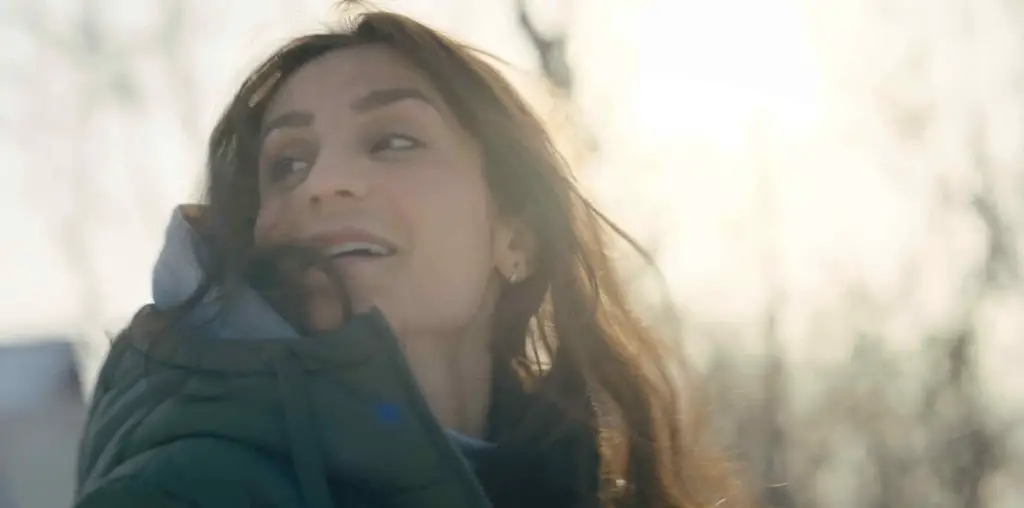
Some of the best special effects ever done are the ones that you don’t even know you’re seeing. They don’t blatantly call attention to themselves. They just pull you into the world that the film is trying to portray. Cinesite’s Michael McAlister and Kevin Elam have pulled that very effect off in Road to Perdition during a shot that lasts about 40 seconds, and seamlessly marries two separate locations in Chicago while creating a 1931 period look for the Windy City.
The scene starts on Hanks’ character, seen through the windshield as he drives into the city. His son is sleeping in the back seat. Reflections of the city’s buildings play on the outside of the car window, and the boy, partially obscured by them, awakens and sees the city for the first time. The boy’s face is filled with wonder at the skyscrapers that have materialized outside the car. As the car pulls away, the LaSalle Street Bridge is revealed as the car passes over it, perfectly framed by the cityscape.
McAlister was responsible for choreographing the shots, which did not use any greenscreen. The live-action portion was done at the LaSalle Street location. For the first portion of the shot, the car was rocked gently, but was not moving forward. Tracing paper lined the car’s windows, which were later replaced digitally with moving background footage. Some of the tracing paper had to be ripped off during the shot to reveal the desired backgrounds when they became visible. Moving background images were captured at a different location, Belbow Street, and these images were composited into the live-action shot. Motion tracking information from the car shot was applied to the backgrounds so that perspectives would match. The illusion, aided by some digitally added camera shake, is that the car has been moving all along.
“McAlister set up three cameras in a panoramic situation, with overlap between three different images, and we stitched all three shots together,” says Elam. “We motion tracked the camera movement as it circled the car, and then used that information to animate the background so that the view outside the windows of the car was always in the proper perspective.”
Cinesite artist Ted Andre composited the shot, and played a key role in addressing the myriad of technical and artistic challenges that accompanied LaSalle Street. Backgrounds and reflections were added to the car windows, which replaced the tracing paper. For the latter part of the shot, certain non-period buildings, streetlights, street markings, and even a construction site were replaced or eliminated. An “L” train, flying birds, and light shards were also added.
“In addition to the integration of the car and background footage, coming up with solutions for the period makeover of LaSalle Street was quite a challenge unto itself,” says Andre. “Since it’s such a wide shot, every item had to be addressed individually in terms of motion and perspective. It was very detailed, painstaking work.”
“It’s a very complicated composite because everything is moving. It’s also a daylight exterior, and there are no solid reference points to tie things together,” notes Elam.
The final shot is approximately 1,100 frames long and plays as if it were one long take, filmed at one location.
“It doesn’t look like an effects shot at all when you see it-just a grand reveal of old Chicago,” says McAlister.
Now that’s “special”.
